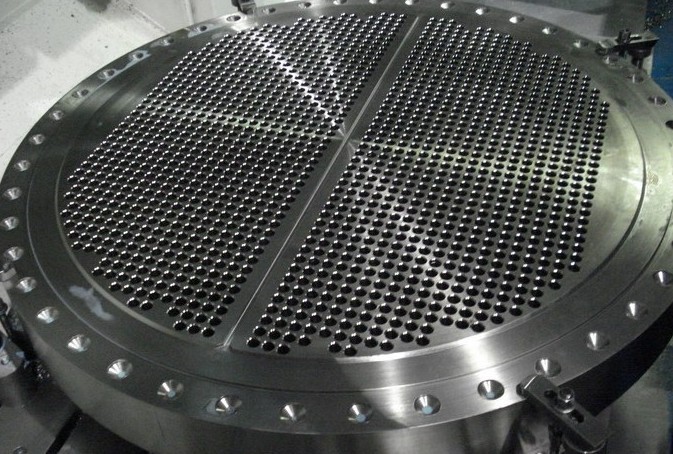Lord Fin Tube-Weldability of stainless steel forgings
The weldability of stainless steel forgings is a critical aspect to consider, especially given that most stainless steel forgings are utilized in welded structures. Understanding the welding characteristics of various types of stainless steels is essential for ensuring the integrity and performance of the welded components. Here are insights into the weldability of different stainless steel forgings:
1. Austenitic Stainless Steel Forgings:
- Characteristics: Good corrosion resistance, excellent plasticity, toughness, and weldability.
- Considerations: Potential for large thermal expansion and cold contraction leading to hot cracks and significant welding deformation. Care must be taken to prevent stress corrosion failure, 475 °C brittleness, σ phase precipitation embrittlement, and intergranular corrosion during welding.
2. Martensitic Stainless Steel Forgings:
- Characteristics: Strong hardening tendency, susceptibility to cold cracks.
- Considerations: Grains in the steel grow significantly when the welding joint is heated beyond 1150 °C. Fast or slow cooling rates may cause joint embrittlement and 475 °C embrittlement. Some alloys like 30cr13, 40cr13, 68cr17, and 95Cr18 exhibit a stronger hardening tendency, resulting in poorer welding performance.
3. Ferritic Stainless Steel Forgings:
- Characteristics: No quenching hardening phenomenon.
- Considerations: Heating above 950 °C results in coarse grains in the weld and heat-affected zone, and post-weld heat treatment may not refine the grains. Prone to cold cracks, 475 °C embrittlement, σ phase precipitation embrittlement, and large intergranular corrosion tendency.
4. Austenitic Ferritic Duplex Stainless Steel Forgings:
- Characteristics: Good weldability, no preheating, no heat treatment required after welding, and minimal welding cracks.
- Considerations: Large proportion of ferrite may lead to brittleness at 475 °C and σ phase embrittlement, especially in high chromium duplex stainless steel.
In welding stainless steel forgings, structural damage cases often arise from cracks, embrittlement, intergranular corrosion, knife corrosion, pitting corrosion, and stress corrosion in the welding zone. Therefore, it is crucial to master the welding characteristics of each type of stainless steel forging and make correct selections based on the intended application. Strict adherence to welding parameters for different steel types is essential to prevent accidents and ensure the overall quality and reliability of welded structures.


